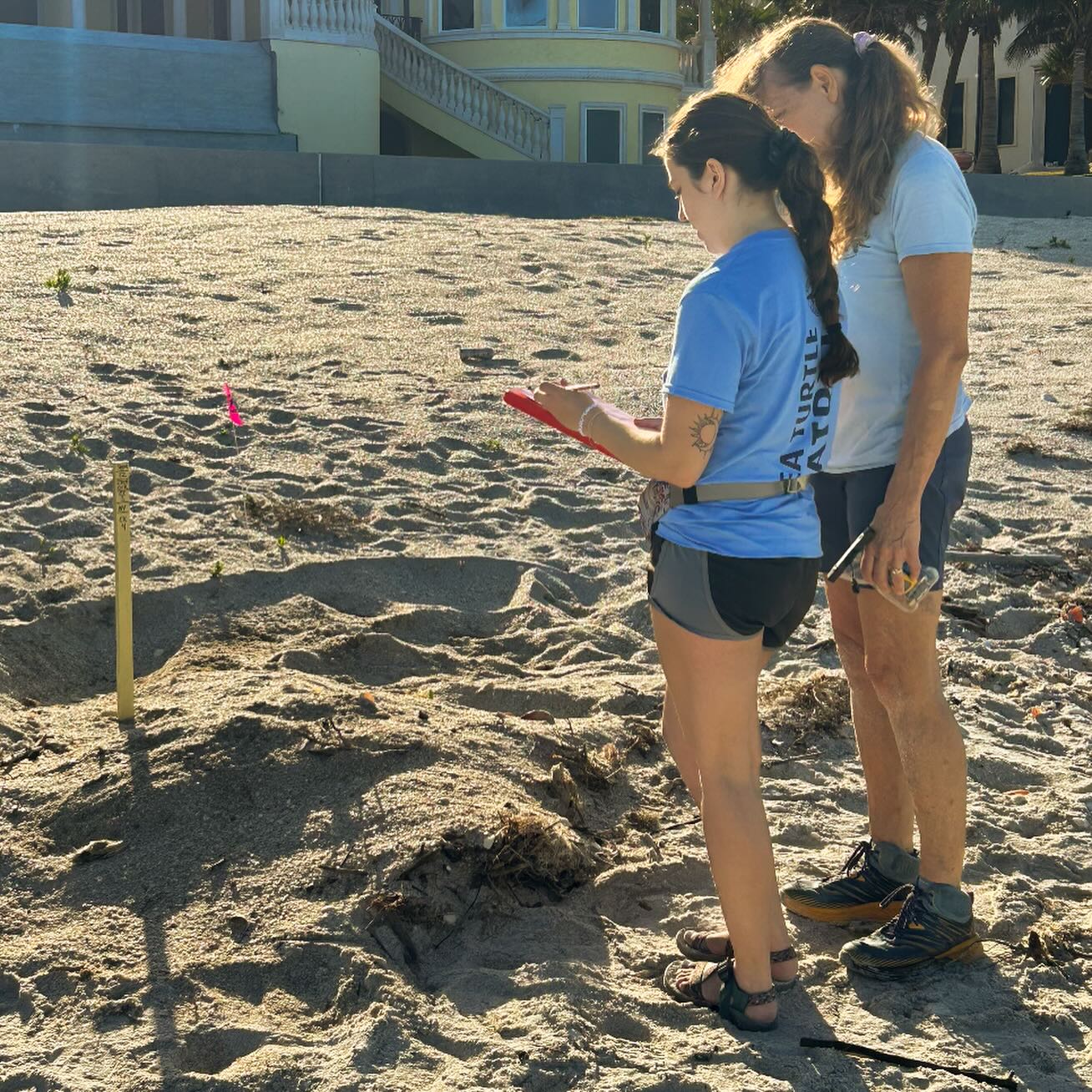- Overview of Mote’s Sea Turtle Conservation and Research Program (STCRP)
- Importance of documenting sea turtle nests and the role of STCRP
- Guidelines and practices for protecting nesting sea turtles and hatchlings
- Detailed explanation of the threats facing sea turtles during nesting season
- The scientific and ecological significance of STCRP’s work
The Mote Marine Laboratory & Aquarium’s Sea Turtle Conservation and Research Program (STCRP) has been at the forefront of sea turtle conservation for years. With the announcement of the first nest of the 2025 season documented by STCRP, it’s important to explore the impactful work they do, understand the challenges these marine creatures face, and learn how we can contribute to their protection.
STCRP has a critical mission: to document and monitor sea turtle nests to protect these endangered species. This research program regularly patrols beaches, observes nesting patterns, and works tirelessly to ensure the protection of these magnificent creatures. The recent documentation of loggerhead sea turtle nests on Longboat Key, Siesta Key, and Casey Key signifies the official start of the nesting season, making the role of STCRP more crucial than ever.
Sea turtles are vital parts of marine ecosystems. They maintain the health of seagrass beds and coral reefs, benefiting other marine life as well. Documenting sea turtle nests allows scientists to track population trends and health, crucial for conservation planning. STCRP’s efforts provide valuable data that informs not just local conservation strategies but global efforts to protect these animals.
Sea turtles face numerous threats during nesting season. Light pollution is one of the most significant challenges, disorienting hatchlings that navigate using natural light from the horizon. Beach obstructions like furniture and debris pose physical barriers. Human activities, whether intended to harm or not, can disrupt these creatures’ natural behaviors, impacting their ability to reproduce successfully.
To minimize these threats, STCRP outlines several recommendations for beachgoers. These include staying quiet and observing from a distance if encountering a nesting turtle or hatchlings, shielding outdoor lights, and filling in sand holes that could trap young turtles. It’s equally crucial to avoid actions like approaching turtles, using flashlights on beaches, or any activity that disturbs their natural processes.
The ecological significance of STCRP’s work cannot be overstated. By safeguarding nesting habitats and increasing public awareness, they are not just protecting sea turtles but preserving entire marine ecosystems. Their work under the auspices of Florida Fish and Wildlife Conservation Commission permits ensures adherence to rigorous scientific and ethical standards.
Mote’s Sea Turtle Conservation and Research Program continues to be a beacon of success in wildlife conservation efforts, providing both hope and tangible results in the ongoing battle to protect sea turtles. Every nest documented and every hatchling that successfully makes it to the ocean represents a step forward in understanding and safeguarding these precious creatures.
*****
Source Description
✨ Mote is excited to announce that its Sea Turtle Conservation and Research Program (STCRP) documented the first local sea turtle nest of the 2025 season!
On Saturday, STCRP’s Sea Turtle Patrol reported three loggerhead sea turtle nests — one each on Longboat Key, Siesta Key, and Casey Key. 🐢🥹
Now that nesting season has officially started, here are some tips to help protect these remarkable animals:
Do ✅
— If you encounter a nesting turtle or hatchlings, remain quiet and observe from a distance.
— Shield or turn off outdoor lights that are visible on the beach from May – October.
— Close drapes after dark and stack beach furniture at the dune line or, ideally, remove it from the beach.
— Fill in holes that may entrap hatchlings on their way to the water.
Do Not 🚨
— Approach nesting turtles or hatchlings, make noise, or shine lights at turtles.
— Use flashlights or fishing lamps on the beach.
— Encourage a turtle to move while nesting or pick up hatchlings that have emerged and are heading for the water.
— Use fireworks on the beach.
Mote’s sea turtle activities are conducted under Florida Fish and Wildlife Conservation Commission Marine Turtle Permits 155, 216, 027, 054, 070, 048, 126 and 028.

